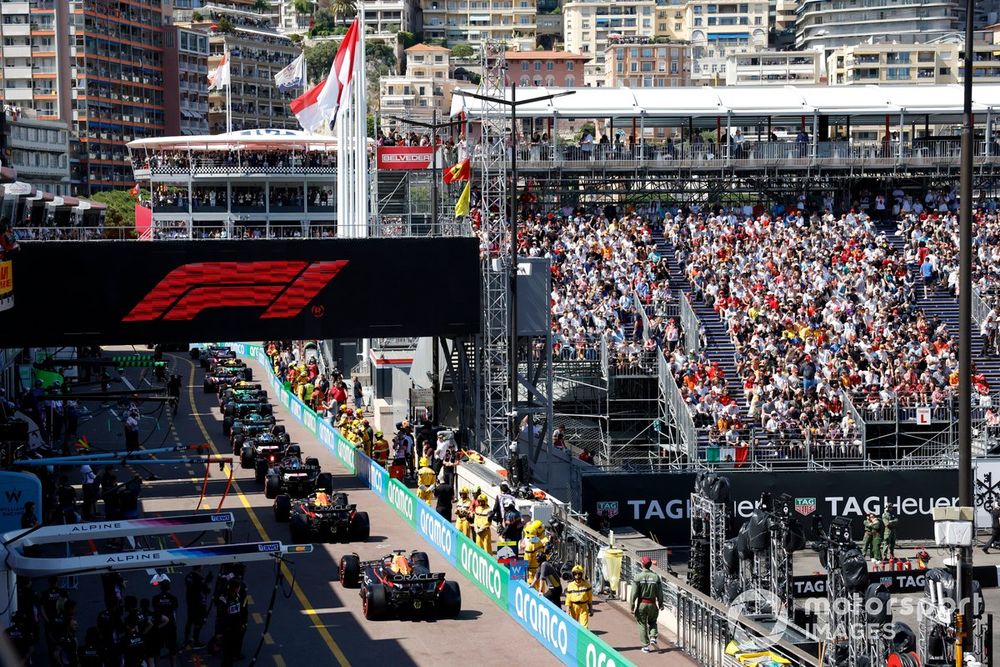Long before the advent of Las Vegas or Miami, Monaco was F1’s marquee event that basked in its own glamour.
Monaco, which first saw grand prix racing in 1929, and Formula 1 helped put each other on the map in the ’50s and ’60s. The grand prix built up a worldwide renown that has made it synonymous with the world championship and part of the Triple Crown of motor racing events alongside the Indianapolis 500 and Le Mans 24 Hours.
Its challenging street circuit was the site of many exploits and incidents that became part of F1 folklore, ranging from Alberto Ascari’s fraught dive into the marina in 1955 to Ayrton Senna’s string of six wins that helped cement his legacy. The Brazilian’s run was interrupted by an even more famous retirement from the lead in 1988 that followed what he described as an out-of-body experience when he destroyed the field in qualifying.
F1 has changed a huge amount since its humble beginnings in 1950. Monaco? Not so much.
As Formula 1 cars became quicker and quicker, its grands prix became ever more starved of action as each year the same questions are asked about whether or not the 3.3km rollercoaster ride still belongs on the F1 calendar.
Misgivings around Monaco are not just limited to its boring parades on Sunday, though. As many people who work at the event will attest, the cramped surroundings can create a tough working environment.
Sergio Perez, Red Bull Racing RB20, Max Verstappen, Red Bull Racing RB20, in the queue to leave the pits
Photo by: Glenn Dunbar / Motorsport Images
Monaco’s iconic status also entrenched the race organisers’ attitude that their crown jewel remains indisputable, explaining their reluctance to get on board with F1’s needs in the Liberty Media era.
Ahead of a tricky 2022 contract renewal cycle, Monaco finally made some concessions to F1 over a more proportionate hosting fee, trackside signage and handing over the TV broadcast from its own crew to F1’s regular team.
The event is out of contract again after 2025, but it is now expected a new deal will be easier to pull off thanks to the progress that was made ahead of signing its current three-year contract.
While F1’s most pressing…
Click Here to Read the Full Original Article at Autosport.com – Formula 1 – Stories…

